Heidi Wright from Wright Social talks to the Australian Butchers Guild Podcast brought to you by Meat and Livestock Australia, the podcast for passionate butchers.
Listen up here!
Doug Piper, Business Manager – Retail and Corporate Butcher, Meat & Livestock Australia: G’day butchers I’m Doug Piper and thanks for tuning in to another episode. So to the Australian Butchers Guild podcast. Thanks everybody for your support and feedback over the last couple of months. And, uh, we aim to keep delivering more information and useful information to help you along your journey.
Today’s guest is Heidi Wright. Heidi is a social media guru from South Australia who runs a company, Wright Social. Heidi’s company specialises in the agricultural side of our industry. And today Heidi’s going to speak to us and give us some handy info about running your own socials. G’day Heidi.
Heidi Wright: G’day Doug, nice to chat with you again.
Doug Piper: Lovely to see you and chat [00:01:00] with you too. How’s everything been going for you? Keeping you busy, I believe.
Heidi Wright: Oh look, yes, it’s always busy in the world of social media, things are ever evolving. But people like yourself keep things interesting, so looking forward to the chat.
Doug Piper: Yeah, yeah, look, really appreciate, uh, you jumping on board and giving us some of your Knowledge, I suppose, because, you know, we, we’re butchers, we, we’re good at cutting meat and sometimes a lot of us aren’t very good at doing much else than that, especially when it comes to tech, uh, some of the older guys like me who, well, I’ve got Facebook and social pages, obviously, but, there’s a lot of guys out there that don’t use it.
Uh, or have avoided using it for one reason or another. But, uh, you know, these days I think it’s, it’s extremely important to, to keep your customers engaged and, and other people of your industry as well.
Heidi Wright: Yeah, absolutely. And, you know, when we consider the demographics here in Australia. Out of the 25 million internet users, 20 million of them are using social media, so it’s not going anywhere.
I think it’s important to upskill [00:02:00] ourselves and understand the opportunity that social media can present us, as part of the butcher field.
Doug Piper: Hmm, yeah, definitely. So what, what actually does your company do? I mentioned you specialise in the ag side of it. So what do you actually do?
Heidi Wright: So we’re a specialist social media agency.
We’re an agile and resourceful team. We help agribusinesses identify their target market and then help connect their solutions to more of the right people and we do that through strategic use of social media.
So we’ll put together a 12 month game plan and then we’ll execute that, as that business’s reliable strategic social media partner.
Doug Piper: Okay, so, so you actually Give them ideas what they need to post or do you get images for them or do you write copy as well or?
Heidi Wright: All of the above.
Doug Piper: Okay.
Heidi Wright: When we sit down with a business and sort of hash out their strategy, the first place we start is their [00:03:00] audience.
It’s super important that we understand who we’re speaking to and then what goal they’re looking to achieve. Are they looking to increase their brand awareness, increase brand loyalty? Are they looking to convert an audience to customers? And then that’s when we come down to the discussions around platform, content, format, and then of course, the measurement piece.
And I know you were interested Doug, in sort of looking at, well, you know, how can butchers determine who their target audience is on social media? And, you know, that’s always a, a tricky question. And I think, you know, the first place that anyone really needs to start is to define their audience segments.
And that’s a really important part of what we do when we work with the businesses to really understand who is their audience, let’s understand them. And then we can create customer personas You know, behaviours and interests, and then we’re able to really micro target them with the right message at the right time in their decision making [00:04:00] journey.
Doug Piper: I sometimes get a bit caught up because I do a lot of the social posts for the Butchers Guild. I get caught up with who I’m talking to. I’ll forget that I’m actually talking to butchers and sometimes I’ll post something that’s more consumer friendly where most of our target audience. Uh, trade, not consumer.
So that, that’s a, a thing that I always bear in mind. And it comes back to the imagery we use and the way, and the content or the copy that we write in the tone that you have. Is that the way you say it? I suppose.
Heidi Wright: You’re thinking along some really great lines there. So once you’ve really reviewed your demographics and you know the age group you’re talking to, even gender, the interests that they have, that’s going to make it a lot easier for you to then lean your content angle to resonate with the right type of customers.
So if you just think about, you know, your more traditional customers, they might value quality or custom cuts and direct interaction with their butcher, right? Those sorts of customers, they perhaps might be of the older demographic too. So we need to consider that in the way we talk to them. Often [00:05:00] they’ll prefer longer form content.
They’ll prefer video that’s of a slower pace and the platform choice may well be, say, Facebook over something like Instagram. Whereas if you’re looking to target maybe the younger or even sort of that hip foodie market, perhaps even the premium market, you know, it’s a very different kettle of fish, perhaps your audience might be a little bit more attuned to fast paced content.
They’re perhaps keeping up with the latest trends on Instagram, perhaps, and they’re much more open to digesting content that’s faster paced. So they nearly crave that two second transition in the video versus wanting a one minute long story of how to prepare or break down a carcass, you know, or a recipe, for example, that they can cook that night.
So you’re on the right lines with Really, number one, you’ve got to understand who you’re talking to, and then you’ve got to [00:06:00] understand how they like to consume content, and then really tailor your content strategy to best communicate with them.
Doug Piper: One thing that I, I noticed that we, we tend to be stronger on our Insta posts than what we are on our Facebook posts.
We tend to have a little bit more likes and engagement through that way. Whereas for a business, I suppose, it’d be. Facebook would probably be a better one. Cause like you said before, for your more mature demographics. So you’re, you’re dealing with, with households. A lot of those houses would probably have a Facebook account.
So therefore that would be the way through.
Heidi Wright: I think it’s important to show up where your audience goes. And, you know, sometimes that can take a bit of testing, you know, there’s not a silver bullet, perhaps those brands that are already using social, one word of advice is to look at your analytics and actually look at the demographic that is engaging.
If you can gather that data. That will give you clues as to how best you can communicate with your audience.
Doug Piper: That’s incredible, the, the analytics you can, you can get out of that and [00:07:00] it’s, it’s quite easy to, to obtain. Interestingly enough, 25 percent of our demographic are female and the 75 percent are male, which isn’t surprising in a way, because actually I, I thought the female demographic would have been a lot lower.
Because, you know, the meat industry is, is a very male. I suppose, orientated sort of trade, but we, there’s a lot of, a lot of interested women out there that are either in the trade or looking at coming into the trade or just really enjoy the content or looking at the pictures or, you know, what’s going on out there.
It was a surprising part of the analytics that we could do, but then you’ve also got. The age demographics, I think it is and where they are and it drills right into it, doesn’t it?
Heidi Wright: Yeah, it absolutely does. And I think we can’t make any assumptions about our audience. We need to get, we need to, well, we’ve got the tools right, now? So we need to, we need to use them and we need to actually take time out every month and quarter to look at what that data is actually telling us.
And to gear our message accordingly.

Doug Piper: So you were just starting out, say [00:08:00] you were, you know, a small family owned butcher shop, you’ve got limited time. So you’d probably just want to start out small, like, like anything, really. You start off in with small steps. So just taking on Facebook. to start with and then work your way into others if you’ve got the time to do it.
Heidi Wright: I think you’re along the right lines in terms of please don’t not do social at the risk of feeling overwhelmed and certainly we have to be strategic around the platform choice when we’re starting out on social and not try and be covering everywhere that our audience is at because we’ll never get there.
So I think it’s a very good word of advice to recommend one platform first, then maybe two, then maybe three. What I would suggest for anyone really starting out is to just focus on strategy first and content second. It’s very tempting. tempting to jump on a platform and start posting. Without a strategy, you’re really not, posting for any good reason.
So number one strategy, number two, then [00:09:00] think about content. If you are just starting out; start with your passion and grow from there. Whether it’s sourcing ethically and sustainably, or providing affordable, quality meat for families. Starting with your passion gives you a safe place to start.
Doug Piper: Yeah. One of the, one of the things that I’ve learned, our butchers, or our audience, likes raw meat shots. If I put something cooked on, the, the blinds come down and nobody, so, you know, we don’t get that engagement out of it. But if we, if we do raw cuts, or if we have a video about, of somebody cutting up some meat, uh, one of our ambassadors or someone like that, cutting up meat, It floats their boat, it really ticks the boxes.
So from a butcher’s point of view, it’d be cooked products, wouldn’t it, for meals?
Heidi Wright: Yeah, I think, think like your customer, just like yourself. You know, you put yourself in the customer’s shoes who are butchers. Butchers are going to put themselves in their customer’s shoes and consider what would capture the attention of their ideal audience.
Because every audience is going to be different. So it could [00:10:00] be the cooked meat, right? It could be the tips. The recipes or even the stories behind perhaps a special that they’ve got going that week. It could be a whole host of things. I think the important thing is to always be thinking like your customer and putting your customer front and center of your content strategy.
The more you do that, the more you’ll find your Customers will resonate and engage with you, which can only foster that loyalty.
Doug Piper: Loyalty is a big thing for butchers because you know, they’ve got so much competition out there and getting those customers engaged with what you’re doing. And then that, that’s one thing, but getting them to come to the shop is a, is a whole new.
Box and dice there. It’s a whole new trick to get them to come into your shop. So making sure that you’ve got the right content is crucial. I, I thoroughly agree with you there.
Heidi Wright: I say it’s one thing to attract the ideal customer to your social feed. It’s another thing to get them walking into your butcher shop.
And that’s where the strategy piece comes in. You’ve got [00:11:00] to nearly reverse engineer what action you want from your target market before you even get started on social. So there might be a whole component of your social strategy that is about building the brand. is about building trust and fostering that engagement.
There might be also another part of that strategy, which is how do we move that trust engagement and that viable audience into action? And that’s when we’re looking at promoting our specials, when we’re looking at providing incentives for people to actually come into our butcher shop. That’s when we’re sharing the wonderful feedback that our customers have about why they continue to do business with us and what amazing meals they’ve shared around the family table, because they’ve been able to talk to their butcher, get that local story and sort of bring that home to the, to the family dinner table.
Doug Piper: Content, videos, images. What should the butchers be doing or avoid doing? What are some great tips that you can give us for what they can use or what they should be using?
Heidi Wright: I think customers, uh, are really interested in not [00:12:00] only the product, the meat, right? And what’s that is going to look like on their dinner table.
But they’re also interested in the story behind the butcher shop. So everyone’s got a reason why they go to their local butcher and we want to be able to share that story. So building that trust factor can look like a lot of things. It could be sharing behind the scenes content. It could be sharing a little bit about you and who you are and what you do and what drives you as a butcher. It could be sharing your value. I’ve seen some great posts go out from butchers around, you know, it’s the passion that drives them and their story and that’s, that’s why they do what they do. And I think, you know, just not shying away from showing up as the authentic you can really be a, a fantastic way to Stand out, aside from just posting, what’s going to be on the dinner table.
What can be on the dinner table tonight. Remembering that people’s story is there as well as the product story. I think the other part of it is video. To your point, Doug, video is a powerful [00:13:00] tool, right? It’s not going anywhere. And data tells us it’s growing across all platforms. The platforms themselves are prioritizing video in our feeds.
So we really need to be harnessing it in our social content strategies. We know that storytelling in general is so powerful. Human beings, we’re wired for storytelling. So video allows us to do that in a pretty powerful way. And for Butchers, it allows us to educate, engage, and inspire. And already those three pillars just there, educate, engage and inspire.
I mean, I can think of, a few formats, even under the engagement piece, such as your polls and quizzes, really involving a customer in that experience. And, you know, people interested in food, they want to know where it comes from, how the butcher plays a role in that. And so we can really position ourselves, as butchers in sort of linking that, that paddock to plate story, right?
I think to, [00:14:00] again, bearing in mind the video, I can’t reinforce enough the younger demographic there. They’re wanting those snappy videos, the quick transitions, the text overlays, the music; they can consume content and are built to consume content. I feel a lot quicker than perhaps the, the older generation.
We need to be able to cater our video and format to our different age groups.
Doug Piper: Some great information there. We run our campaigns seasonally for, for the butchers. So making sure that they don’t have to stick to the seasons. I suppose they can, you can put whatever you want out there.
It’s whatever, well, realistically from a butcher’s point of view, you, you, you think. Okay, I’ve got a lot of land forequarters and I’ve got to shift them or, you know, if you want to run a quick special or you want to run a promotion for a week or whatever it is, I suppose making sure that you’re leveraging the season to get the best benefit out of it, out of what you’re trying to do.
Heidi Wright: Yeah, for sure. I think it’s important to be ahead of your customer and where they’re thinking [00:15:00] and what’s relevant to them in the season that they’re in. Like, you know, if Christmas is coming up, they’re thinking about having the family over, or they’re thinking about what they’re going to take to their family dinner.
Are they the type of people that want to impress? Are they the type of people that just want affordability? So these are the things that you can start to play with to align your solution to the customer’s needs and wants. Festive posts and storytelling. can also be a way to sort of share your personal story.
Butchers will often share a lot to their customer, but they don’t share a lot about themselves. And I think this is an opportunity to inject your personality and how you do Christmas at home and how you perhaps infuse that and that inspiration into your own butcher shop. I mean, it really depends on the with and, you know, where you come from and what, why, you know, customers do business with you to begin with.
But certainly, there’s a whole host of opportunity I think there when it comes to social media and aligning your solutions to a seasonal timeline. From a tactical [00:16:00] standpoint, I’d say really lean into hashtags. Look at what hashtags are trending. and use them in your posts, whether that be a hashtag Aussie beef barbecue season, hashtag lamb for Christmas, you know, just have a look what customers are using, but also have a peek over at your competition.
I mean, certainly, being aware of what your competition are doing is a good thing. Certainly my advice is never to copy competition just to get clues from them. Sometimes, there might be a certain post or two that might give you a few clues as to how you can lean into a particular topic that perhaps the audience is resonating with.
I think the other thing is making sure you’ve got a viable audience to begin with. So when your offer is made, they’re mobilized for action. You know, there’s no point selling something to someone who doesn’t know who you are, what you do or why.
This is why you need to be building that trust through your annual program. So [00:17:00] when you have these opportunistic sale points, you are ready then to feed that viable audience an incentive. the story or a reason for them to come into your butcher shop to leverage the seasonal opportunity. And I think, you know, people and, and customers, although they might not be tuned into social when they’re in family time, be it on Christmas day.
By goodness, they’re on social in the lead up and they’re getting ideas.
Doug Piper: Yeah, definitely, especially this time of the year with Christmas coming on, like we, we’re sort of hitting hard. We, we started to sort of post a few things around Christmas because butchers, they’d normally run a Christmas order book.
They, some butchers start around July taking Christmas orders all the way through right up until. Till the end of the year, but this is the time of year where most other butchers will start to take orders. So we’re starting now to say to the butchers, Hey, what about a piece of beef for Christmas rather than an oligoporc or, uh, or whatever, you know, trying to plant that seed now.
So at least put that in your repertoire of [00:18:00] what you’ve going to have out there. Cause if we, if we wait until Christmas. It’s too late. The horse is bouldered.
Heidi Wright: Yep, totally agree.
Doug Piper: So building all that into your strategy in the beginning is a crucial point. So when you’re building your strategy, there’s so much to think about, isn’t there?
Heidi Wright: There is a lot. There is a lot. And, you know, it really comes down to understanding, I think, your customer. And again, putting them front and centre. Looking at the supply and demand as well. You know, we all have a great record at what last year looks like and what the year before that looks like. So plan for that and leverage those insights and learn as well from what’s worked well in the past and what hasn’t worked so well.
I think sometimes we jump to the next best thing when sometimes we, there’s clues that we leave behind and there’s a bit of data there that tells us actually we’re on the right track. Just keep doing what we’re doing, perhaps optimize rather than change completely.
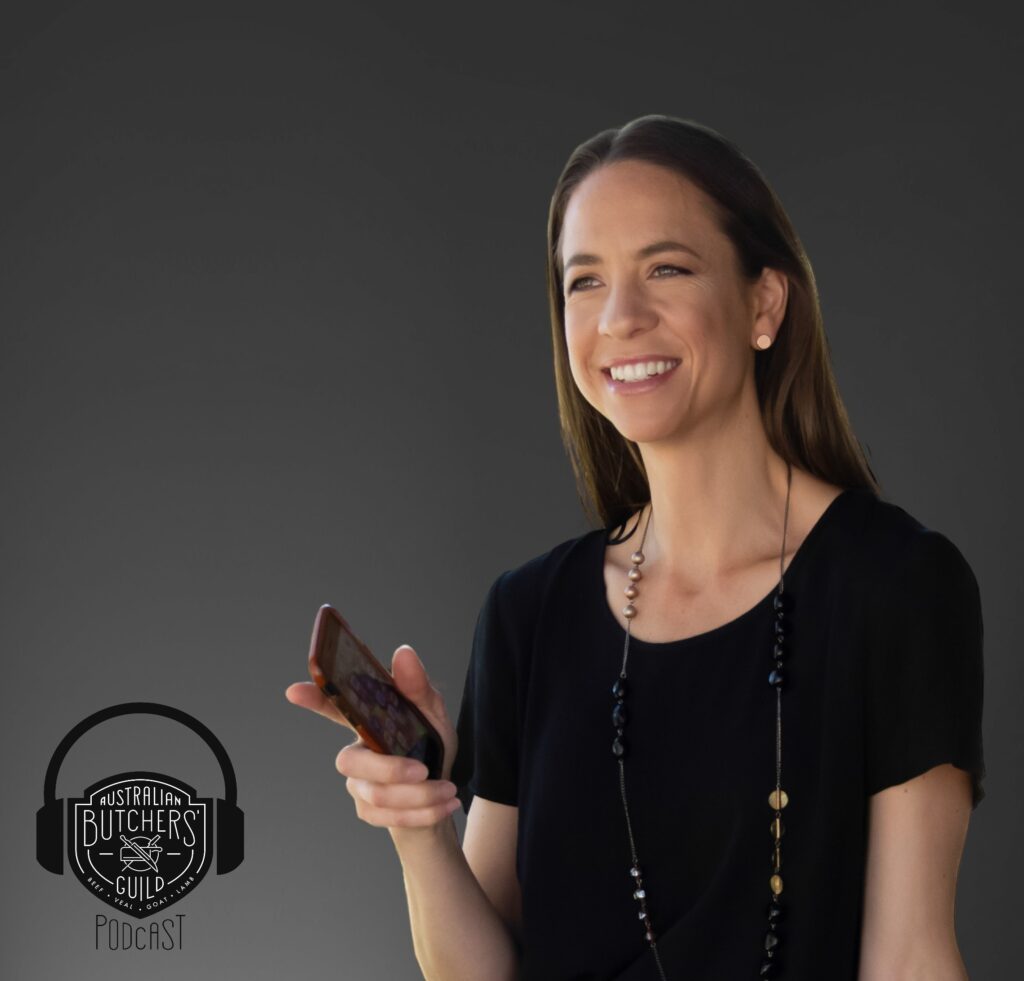
Doug Piper: You also touched on the butcher’s personality.
Now, butchers. are a family’s best friend. Like when you’ve got a really loyal customer base, [00:19:00] you are their best friend. You’re part of their family because, and we’ve, we’ve said this time and time before on the channel, that, you know, you become part of the family because you watch the kids grow up, you watch the family grow up, get married.
It’s a really good feeling. So a lot of these customers know a lot about you, but not necessarily know, they might know your son’s name or your daughter’s name or your wife’s name. They might’ve met them in the shop at some stage. Is it good to bring kids into that? Or is it, is it? Better off sort of leaving it just as a, as a mention.
Heidi Wright: I think we need to probably start with showing up as our authentic selves. And if that is about sharing the fact that we’re generational or third generation butchers, share that, right. And share the family story. I don’t think there’s a wrong or right way to do it. I think what matters here is showing up in a way that you feel like you’re being true to your mission and your values because that will cut through and speak really loudly to your customer and it will connect in a very powerful way.
But that also means [00:20:00] understanding your brand values or what you value as a butcher and what you want to bring to your audience. Whether it’s, uh, again, talking about the, the, the passion that you might have for sourcing that sustainable, ethical, you know, meat or organic meat, or if it’s about bringing affordable solutions to families, it’s really just understanding what your mission is, what your purpose is, and, and showing up in an authentic way.
And Being okay with injecting a little bit of, to your point, personality. We connect with people. People connect with people. And so on social media, yes, still toeing that professional line, right? We want to know that our butchers are professional in what they do and You know, it has the, the quality that they’re bringing to the customer.
However, we also, as you say, we like to get to know who the butcher is behind what we’re going into a store for. And with this, it’s again, just being [00:21:00] honest and, and showing up with that authenticity piece, which I know is very difficult for some of us to do, can take a bit of soul searching.
I’d just encourage us all really as, as part of that butcher community to share a little bit about us and our personality.
Doug Piper: Yeah, yeah, very good point. The other question I had for you, hashtags. What do they do? I don’t understand what they do and, and how that’s going to get me better engagement. So can you explain to, to me about that please?
So
Heidi Wright: think of hashtags as categorizing key topics. So if you’re using a hashtag in your content, hashtag Aussie beef barbecue, for example, and someone’s following that hashtag, it’s likely that your content is going to appear in that feed. They’ll then see that and follow you because you’re of interest to them.
So essentially in a nutshell, it helps your discoverability and visibility.
Doug Piper: Thought it was something like that.
Heidi Wright: If you’re not using hashtags, on Instagram, you’re really [00:22:00] depleting a lot of your reach. We look at analytics quite frequently and we can see that quite a high percentage of the reach will come from using relevant hashtags.
By relevant we mean not what we think is going to be relevant to our audience, like hashtag beef cuts, but what our audience is actually going to search on. So they’re going to search on, Australian beef barbecue, or, best cuts for dinner, or, you know, they’re going to use their natural language to search on terms, and not necessarily the language that we use. In saying that, hashtags that are quite popular are competing against other popular hashtags and it can actually be difficult to get a run if, if other posts outperforming ours. So just think about those niche hashtags, that your customer might be searching on. And look at your analytics and have a look what the reach is and, and you’ll learn and optimize from there.
Doug Piper: Another thing I’ve learned today, never, never stop learning, I suppose, what’s the best way to handle any negative comments and feedback? You know, every now and again, you’re going to get them. There is some toxic stuff out there that we, that, that some people get really involved in. And so, so what’s the best way to handle that if, if someone sort of starts to give you a bit of a hard time?
Heidi Wright: Yeah, it’s a great question, and I think we all need to be aware that when we show up on social, we are inviting some really fantastic, positive, support and business growth, but ultimately, you know, we’re all going to face this in some time, in our social media journey, where we might get a [00:24:00] comment on a post by a disgruntled customer. For example, or, well, it could even be, in a different market category, you know, someone coming on and not agreeing with butchering as a general rule of thumb. And I think in those situations, we need to be coming from a place of empathy and understanding first. So we need to have an intention to listen and not be defensive.
We know why we do what we do. We’re very passionate individuals, particularly in the red meat industry. And it’s very easy to let that passion come through in ways that perhaps isn’t, you know, suitable for perhaps a public, public space. Now this is not to say we’re not true to our values and what we stand for, but it’s just really approaching any negativity first through the lens of let me try and understand where this individual is coming from.
And we talk about shared values communication actually a lot. here in the social space. And we know that shared values is [00:25:00] more effective than relying on facts alone. And essentially it’s, well, what is my customer, what is this person valuing and how do I get on their same page? So I can, you know, seek to understand and carefully consider their point of view before I deliver.
My response, which could simply be acknowledging the users concerns or comment, Doug, I think a lot of us just want to be validated. We just want to be heard. And sometimes just acknowledging the comment is enough.
Doug Piper: So one piece of advice you give to butchers who are just starting out to build their social media presence.
What would be that one takeaway? One, one key part.
Heidi Wright: That’s a tricky one because there’s so many things that come to mind. Look, I just think it’s thinking customer first and bringing value. If you always put your customer front and center, and you’re always thinking, what’s the value I can add? I don’t think there’s a whole lot you can get wrong because your intention is good.
And you’re [00:26:00] showing up as you’re showing up with integrity, which is really why customers come to butchers in the first place.
Doug Piper: Okay, Heidi. Well, look, very much for your time. Really, really enjoyed talking with you. And I’ve, I’ve taken a lot away from this and I’m sure there’s a lot of butchers out there, a lot of business owners as well.
That’ll, that’ll. Hopefully listen to this and take a lot on board and yeah, I’m going to really have a good look at how we run our socials now. Um, yeah, it’s just really handy. Some of the, some of the things that you’ve given us today. So I really do appreciate your time and your insights. Look forward to catching up with you again, uh, probably next year when we run our next ambassador program training too.
Heidi Wright: Thank you, Doug. Well, look, it’s been awesome to chat with you and always happy to jump online at any time and have these sorts of conversations. I always learn a few things too about what you’re up to, in your profession and I love having these discussions. I look forward to that next event where we cross paths.
Podcast Outro: This podcast is provided for information purposes only. The MLA Group strongly recommends that listeners exercise discretion and obtain professional advice before relying on any information in this podcast.
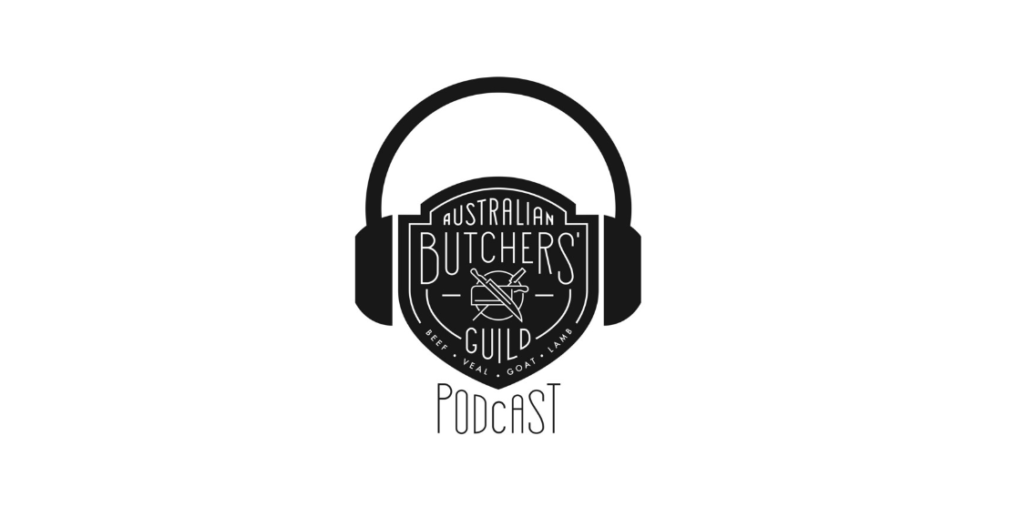


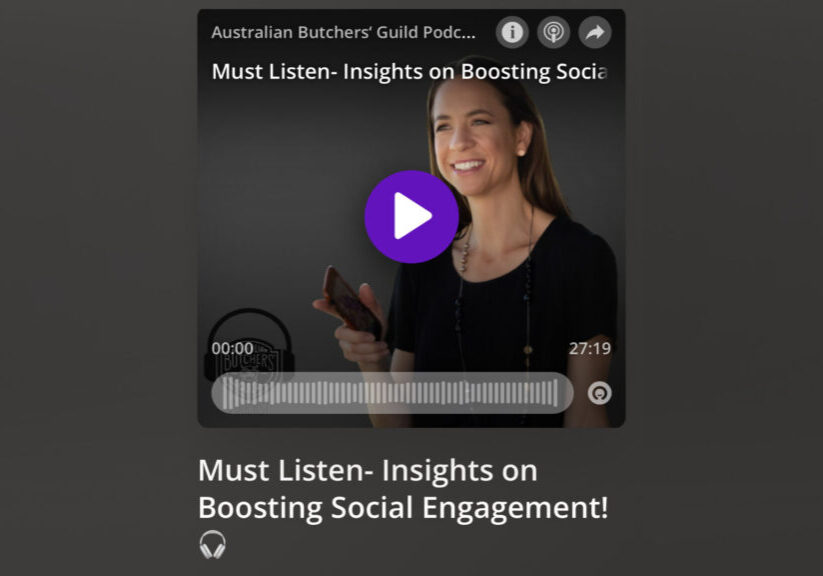
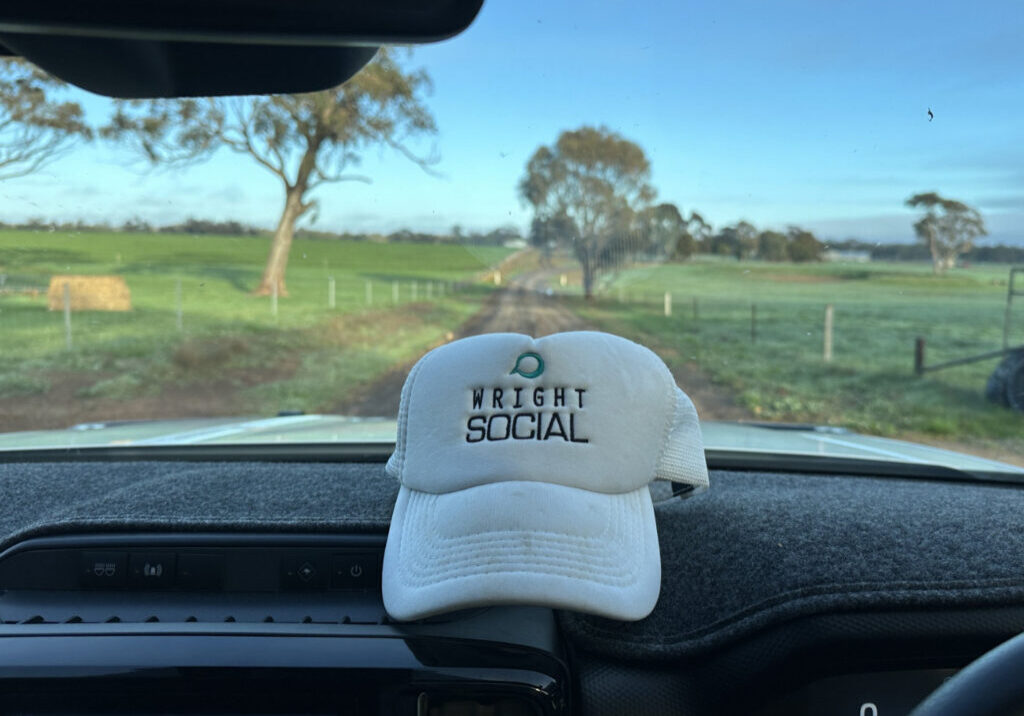
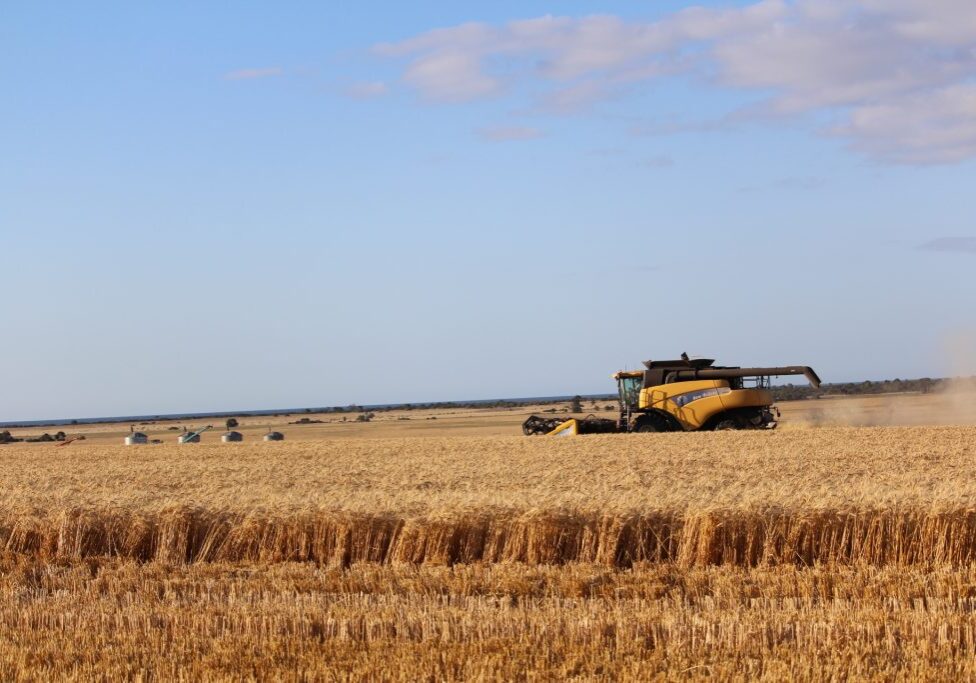
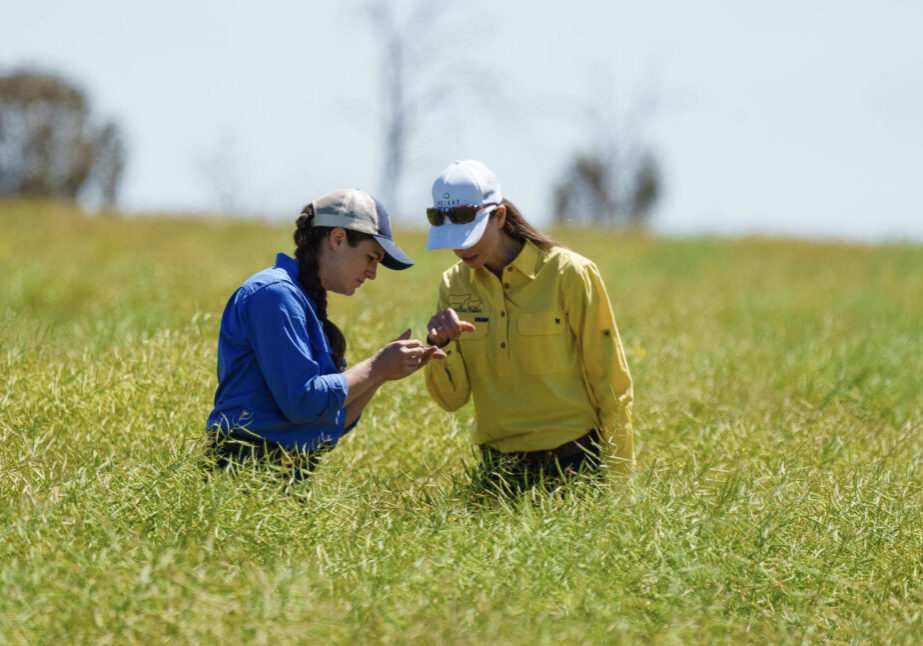
Leave a Reply